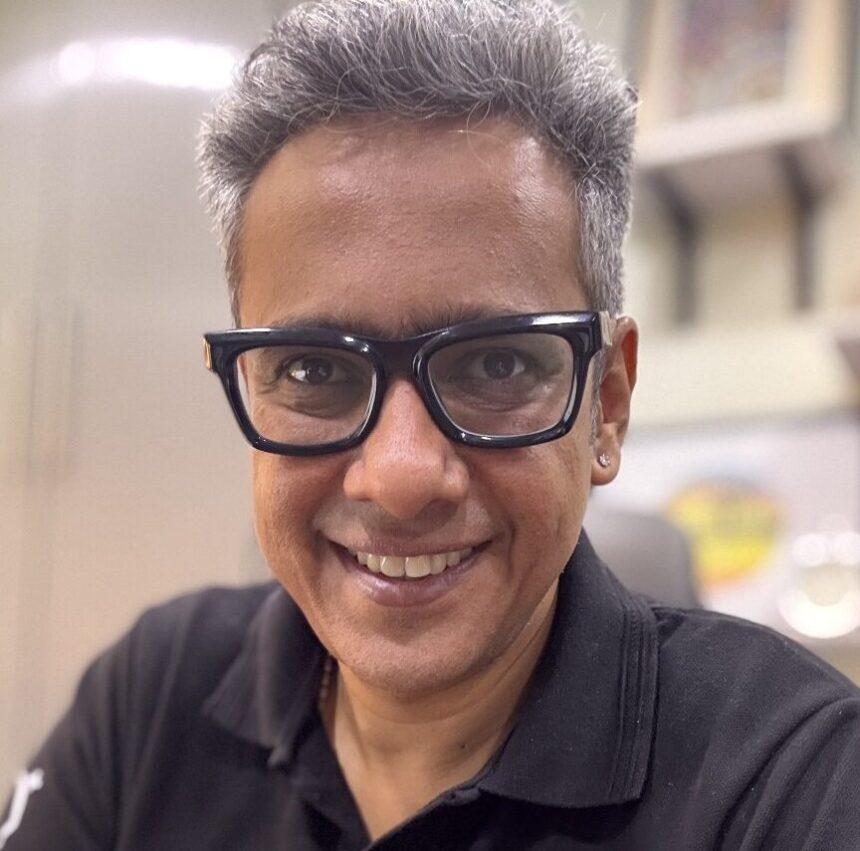1) Which recent advances in metal cutting technology have brought about the biggest change in efficiency and precision?
With the advent of laser and waterjet technology, precision and efficiency in metal cutting has reached unprecedented levels. These tools are revolutionizing the industry with pinpoint accuracy and versatility. However, the game changer is the integration of AI-driven tools that dynamically adjust parameters during cutting, significantly reducing time and material waste. Another notable innovation is a hybrid machining system that seamlessly combines additive and subtractive processes, creating unique opportunities for precision manufacturing. These advances are not only increasing speed, but setting new industry benchmarks in terms of quality, resource optimization, and cost-effectiveness.
2) How is the industry adapting to sustainable manufacturing practices and what specific initiatives are helping to reduce its environmental impact?
Sustainability is no longer a buzzword. It is the need to drive fundamental change across the manufacturing sector. From energy-efficient machines that minimize power consumption to biodegradable refrigerants that reduce negative environmental impact, manufacturers are actively working towards greener operations. One outstanding initiative is the recycling of metal chips and coolants, turning waste into valuable resources. Furthermore, the adoption of lean manufacturing processes and Industry 4.0 technologies ensures efficient utilization of resources and eliminates wastage of materials, time and costs. By prioritizing sustainable practices, the industry is not only meeting environmental goals, but also reaping long-term operational benefits.
3) As digitization reshapes manufacturing, what new skills are essential for today’s workforce and how is the industry addressing the skills gap?
In the age of digital manufacturing, coding, CAD/CAM, and data analysis have become essential skills for today’s workforce. Without the ability to interact with automated systems and interpret machine data, employees risk being left behind. To close the skills gap, companies are investing heavily in talent development through internships, certifications, and immersive “factory bootcamps.” These programs are designed to upskill current employees and attract new talent with a natural interest in technologies such as IoT and AI. The industry is focused on continuous learning, so employees are prepared to thrive in a rapidly digitizing environment.
4) What trends are driving the current demand for metal cutting solutions and how do you expect the industry to adapt to these trends?
Demand for metal cutting solutions is being shaped by a growing preference for lightweight materials and customized designs, especially in industries such as aerospace and automotive. The rise of advanced materials such as superalloys and composite materials poses unique challenges and is driving the development of cutting tools capable of handling extreme conditions. To address these trends, the industry is increasingly adopting automated and flexible manufacturing setups that can quickly adapt to diverse tasks. This agility allows manufacturers to stay ahead in competitive markets while meeting evolving customer demands.
5) What do you think is the most important challenge facing the metal cutting industry today and what steps is your organization taking to remain competitive?
The metal cutting industry faces significant challenges including supply chain disruptions, rising material costs and widening skills gaps. To stay competitive, organizations are turning to automation and data-driven strategies to increase productivity and reduce operational costs. Automation not only ensures consistency and accuracy, but also alleviates labor shortages. Strong vendor partnerships reduce supply chain risk, and modular design allows you to quickly adapt to changing customer requirements. By adopting these strategies, the industry is well-positioned to overcome challenges and remain competitive.

Electronic version of the magazine – https://www.machineinsider.com/dynamic-manufacturing-india-jan-feb-2025-edition/







